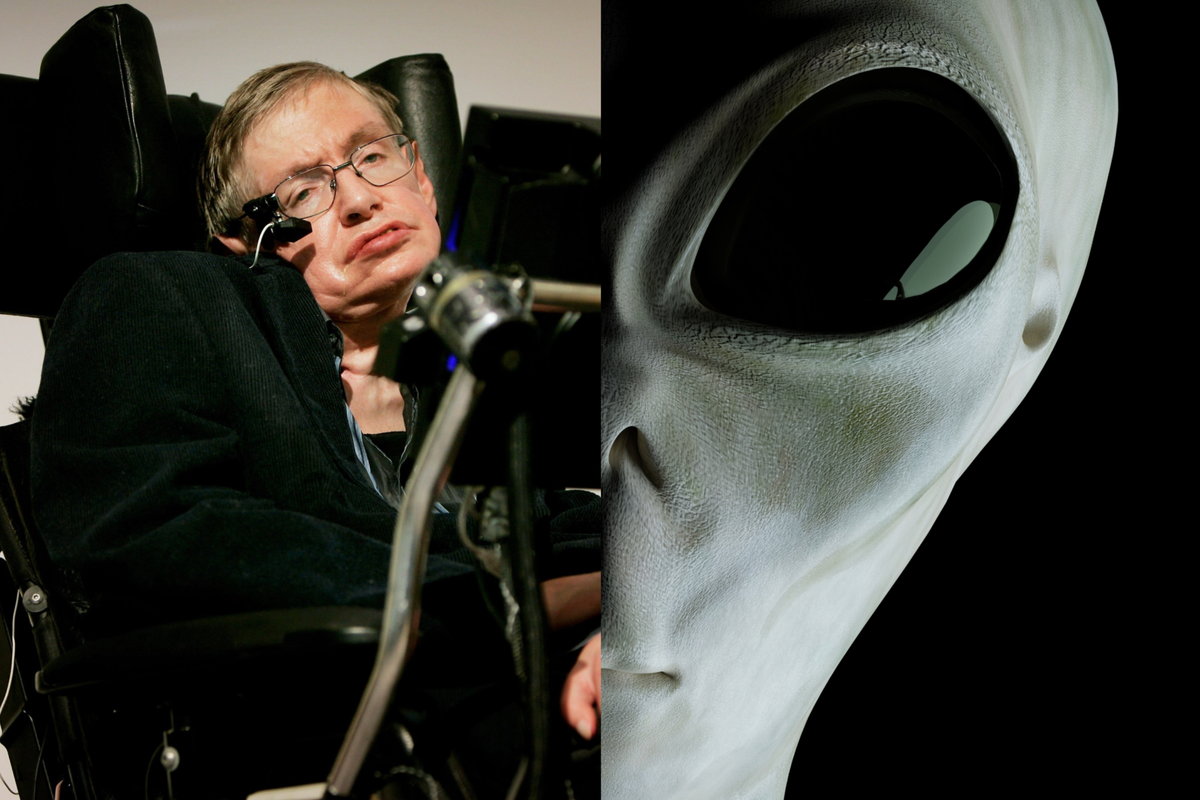
Related video: Sunken 19th-century cemetery and hospital wreck discovered off Florida coast
Cemeteries and graveyards are of course known as being the resting place for corpses, but one site in Finland has left experts scratching their heads because it lacks exactly that.
The location in Tainiaro, about 80km south of the Arctic Circle in the Finnish region of Lapland (yes, that Lapland), was discovered all the way back in 1959 by local workers, and has since raised questions around whether it may well be one of the largest cemeteries from the Stone Age in northern Europe.
Now, in a research paper published in the journal Antiquity, and online on 1 December, academics from the University of Oulu in Finland investigated whether the site could be considered a cemetery based on all the available evidence and hypotheses.
They write: “Based on morphological comparisons, Tainiaro should, in our opinion, be considered a cemetery site. If correct, this would be one of the largest such sites with Mesolithic [Stone Age] characteristics in northern Europe.
“Even though no skeletal material has survived at Tainiaro, our review of the available evidence supports an interpretation of the site as a cemetery.”
Not only that, but the paper’s authors also argue that burial sites for the dead in the Mesolithic period of the Stone Age “were also places for the living”.
“Some sites previously interpreted as cemeteries were in fact habitation sites with burials beneath the dwellings. In our opinion, there is no need for the term ‘cemetery’ to imply a closed category that excludes other activities,” they add.
As for the number of bodies which would have been buried at Tainiaro, the researchers identified 44 excavated pits as burials, but that the total number of burials “could be more than 200” due to only a fifth of the site’s area being excavated.
“The number of buried individuals is likely to be somewhat higher, since multiple burials are a recurrent phenomenon at similar Stone Age sites.
“Factoring in the irregular burial pits commonly observed at other sites could increase that estimate by up to a third, reaching an estimated 300 individuals in total, though we should be careful not to unnecessarily inflate this number,” they note.
Sign up to our free Indy100 weekly newsletter
Have your say in our news democracy. Click the upvote icon at the top of the page to help raise this article through the indy100 rankings.












